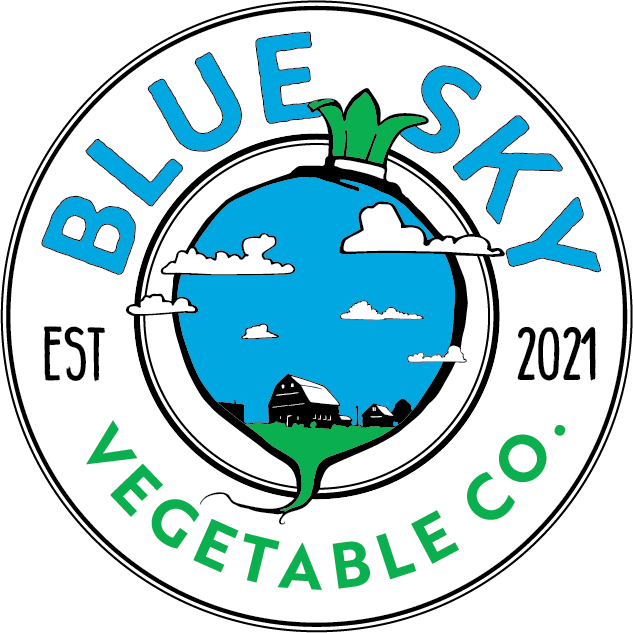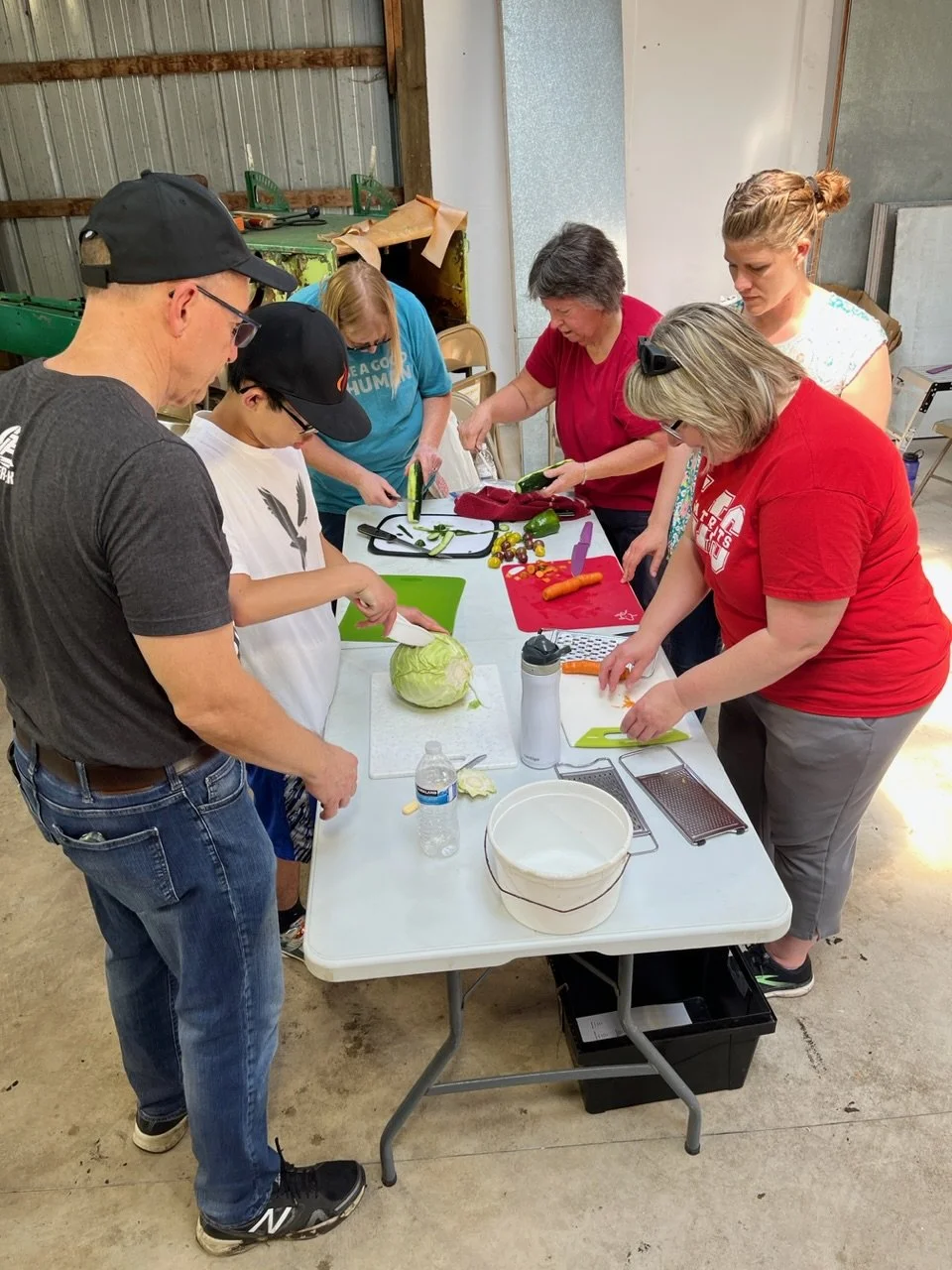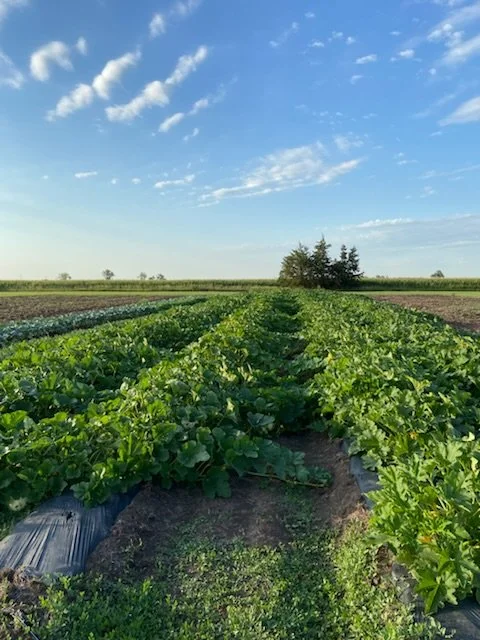The History and Future of Farming
Our farm sells about 90% of what we grow through our Farm Shares – or CSA shares. When we tell folks this we, understandably, get a confused look or many questions about what that means. The terms are “insider” terms. Unless you’ve come across another farm like ours, there is no reason to expect people know what a random acronym or term means. But, we’re here to educate you!
Some background info for you, most farmers in our “industry” use the term CSA to describe their shares of vegetables. We’ve chosen to follow the same model, but use the term “Farm Share” to reduce confusion about acronyms and to put it right in the terms that our members share in what our farm has to offer.
Let's jump in!
CSA stands for: Community Supported Agriculture.
It’s an economic model of farming that alleviates some of the risks on the farm/farmer by asking customers to pay up front for vegetables that they get throughout the season. In this model, farmers don’t have to beholden to large operating loans because they have the money to pay for upfront costs like seeds, packaging, fertilizer, and other inputs.
This is how we use it too, we’re able to purchase our seeds, save up for tools, and budget for paying ourselves and employees when people purchase our Farm Shares in the winter and spring. Plus, we have our numbers before the season starts so we know how much to plant. But beyond the money, it gives us more of a morale boost to know that we have people who believe in what we’re doing and have made that decision to support our farm. Knowing we have people depending on us gives us an imperative to farm the best way we can.
In agricultural narratives, there is a tendency to believe that before the Green Revolution in the mid 1900’s that all farms were idyllic bastions of self-sufficiency, that farms grew a wide variety of fruits, vegetables, and grains that fed their local communities. And generally, the call from these narratives is that we need to return to a time before herbicides and GMO seeds. But this narrative isn’t entirely true, especially in the U.S.
Agriculture in the U.S. has always been commodity focused. Farmers may have grown several different crops and grown fruits and vegetables for their own diets, but there was always a focus on the “cash crops” that paid the bills – corn, wheat, oats, tobacco, cotton. Jamestown only survived because they started growing tobacco as a cash crop for export back to England. As settlers expanded across the North American continent into what is now the Midwest, pushing out the indigenous people and settling on their lands, they too had to pay the bills with harvests of crops that could store easily and make the trip back to the east on trains (so definitely not zucchini or tomatoes).
As I was telling Dirk what I was thinking about writing about for this email, he reminded me of a fascinating comparison. He loved the book Farmer Boy by Laura Ingalls Wilder when he was a young boy and recently re-read it. The book tells the story of Laura Ingalls Wilder’s husband, Almonzo and his life growing up on a farm in New York in the late 1800s. And even on Almonzo’s family’s farm where they grew just about everything they ate; they paid the bills with a cash crop – potatoes.
How does commodity farming relate to our farm and Farm Shares? Our vision for our farm is not returning to something older or familiar, our vision of feeding our local community is something to strive towards and despite the commodity system around us. Vegetable farms began offering CSA shares starting in the late 1980s as a response to the flaws in the agricultural system around them (though CSA shares were present in Europe and Japan before the 1980s). Since then, they’ve become a staple in the vegetable world, partly because the goals of CSA’s – to take some of the risk off the farmer and connect people to their food – work.
That Dirk and I could even be making steps towards earning a living by selling all of our vegetables in a hyper-local setting of within 45 miles of our farm is astounding and incredible. Our neighbors who grow corn and beans don’t have that opportunity or luxury. They grow their commodity crops with the help of operating loans, government subsidies, and ship them off to who knows where.
Our Farm Shares may be a different or unique economic model of farming, but they’re also a step forward in feeding our community and hoping for a better agricultural future. We know the families we’re feeding and have become (or were already) friends with many of them. Farm Shares say that our broken, impersonal current agricultural system is not good enough. We dream of a future where our community is fed good food grown by famers who care. And we believe a Farm Share is a first step towards that future.
This was originally an email sent out to our newsletter subscribers in January. If you want to get emails like this, subscribe to our emails in the form below!




